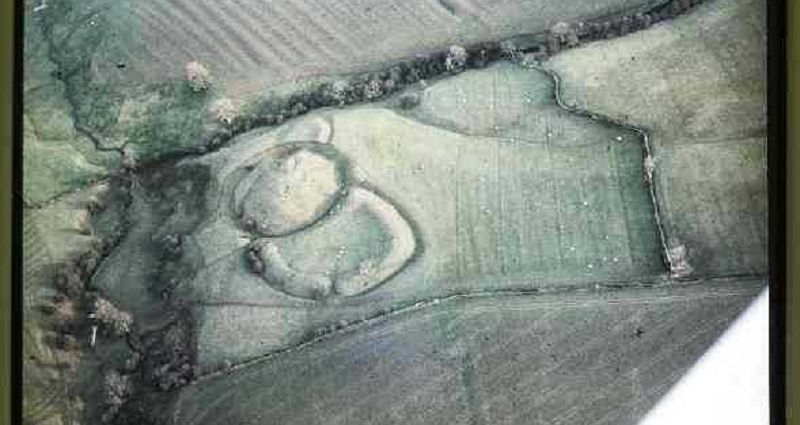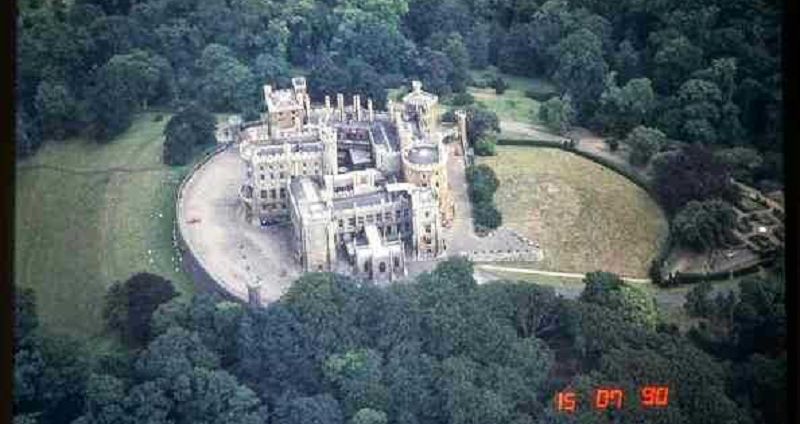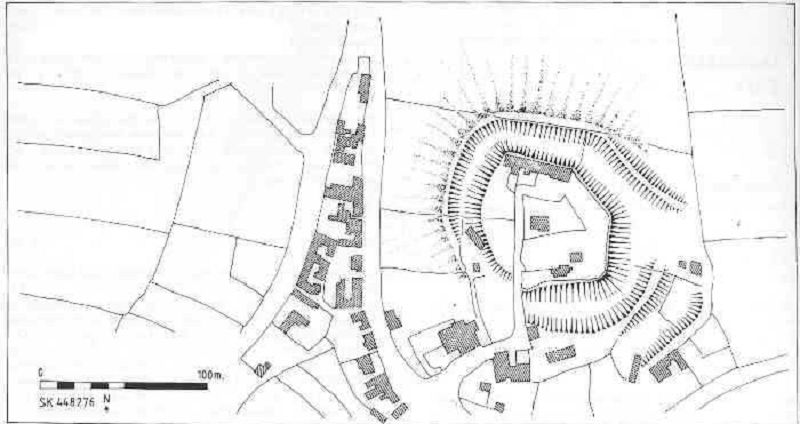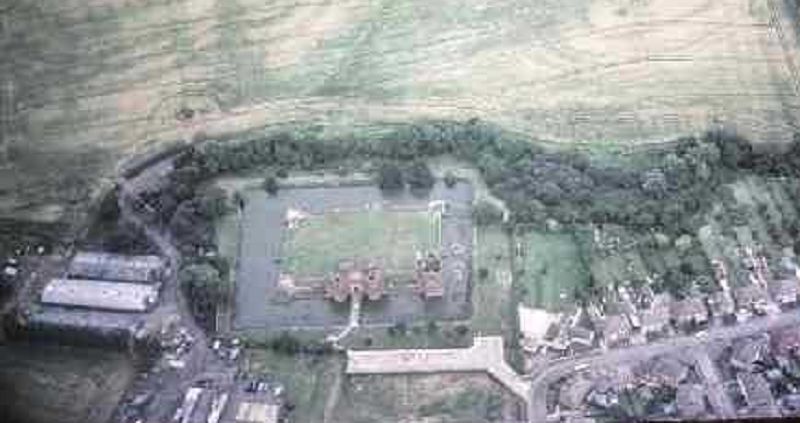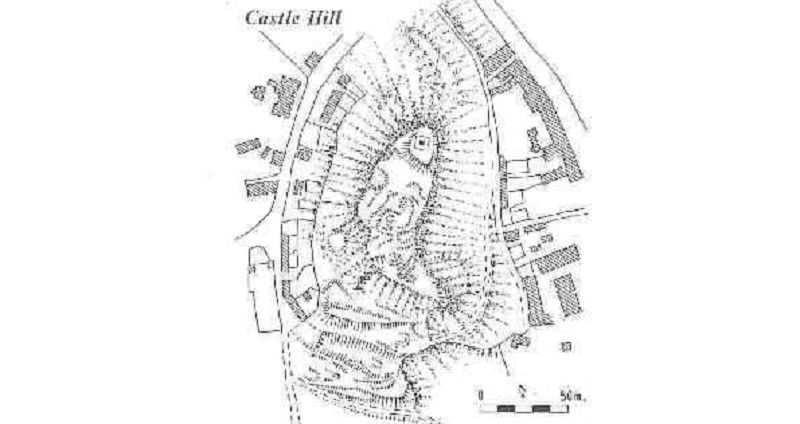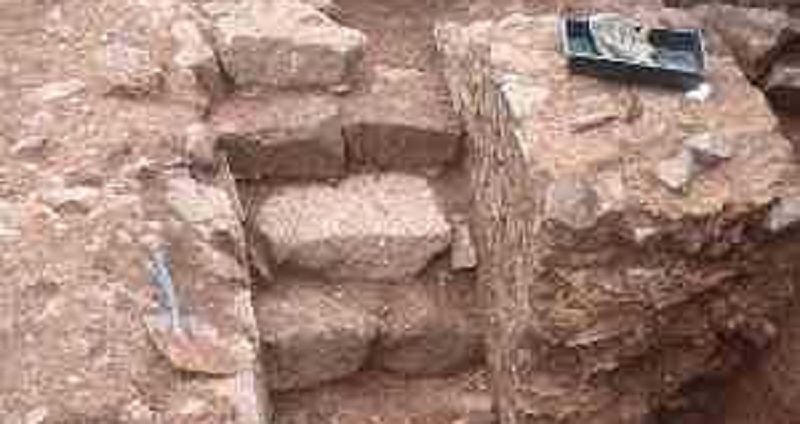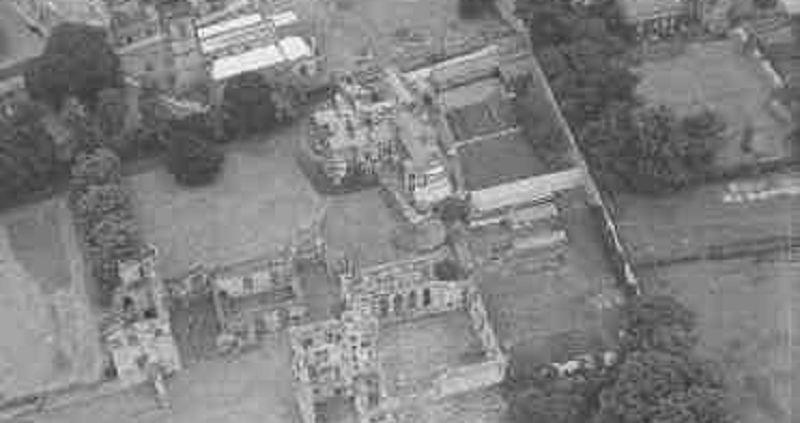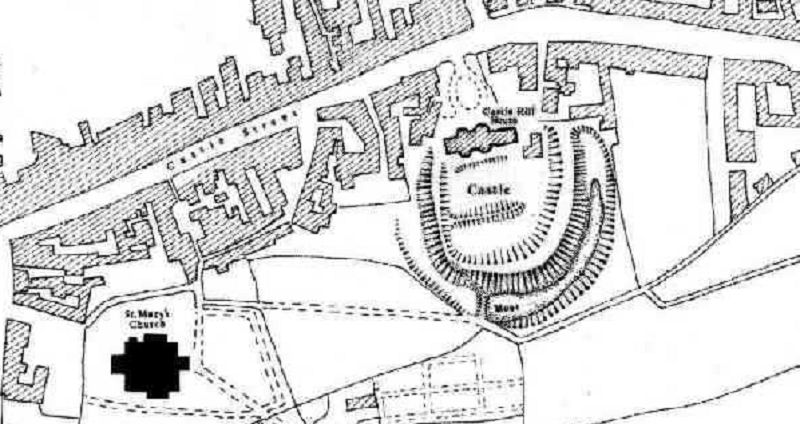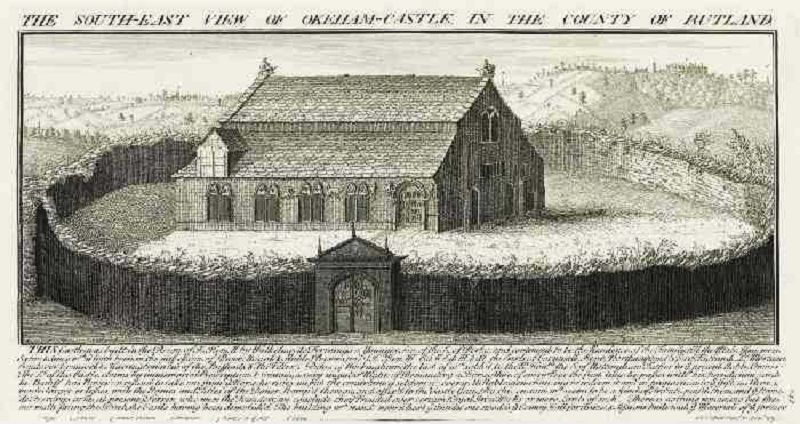Castles of Leicestershire and Rutland
{"name":"Castles of Leicestershire and Rutland", "url":"https://www.quiz-maker.com/QPREVIEW","txt":"Test your knowledge of the historic castles in Leicestershire and Rutland with this engaging quiz! Explore intriguing questions about the rich history, architectural features, and fascinating stories behind these ancient fortifications.Join us for a chance to learn more about:- Motte and bailey castles- Historical events- Architectural significance- Archaeological discoveries","img":"https:/images/course8.png"}
More Quizzes
Carrickfergus Quiz
105664
Quiz of skara brae by Alistair and Daniel
740
What Creed Would Claim You?
1160
Which Telenovela Character Type Are You?
520
How Much Do You Know? General Knowledge - Free
201019559
Do I Have Mono? Free Symptom Checker
201017029
Marketing Skills Assessment - Free Online
201018323
Diabetes Mellitus Management Post-Test - Free Online
201019381
Jimmy Buffett Trivia Questions - Free Online
201019122
Astrology: How Well Do You Know Zodiac Signs?
201023438
Markiplier - Test Your Superfan Knowledge
201020940
Signs Your Brother-in-Law Is Attracted to You -
201018475

